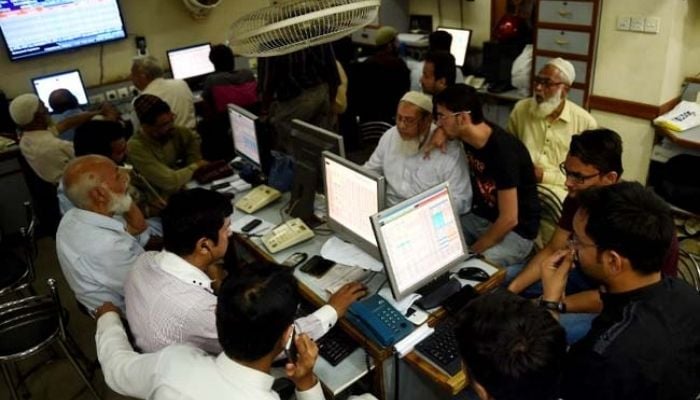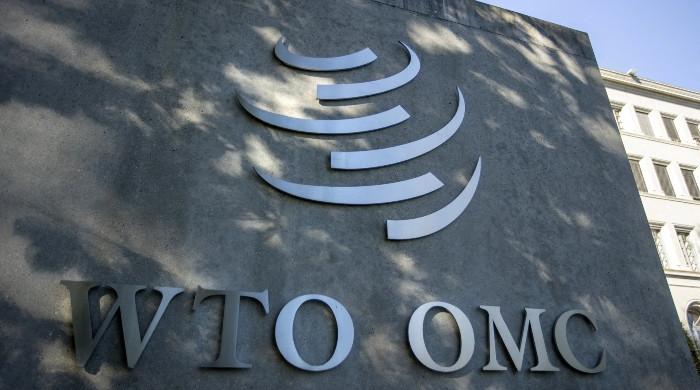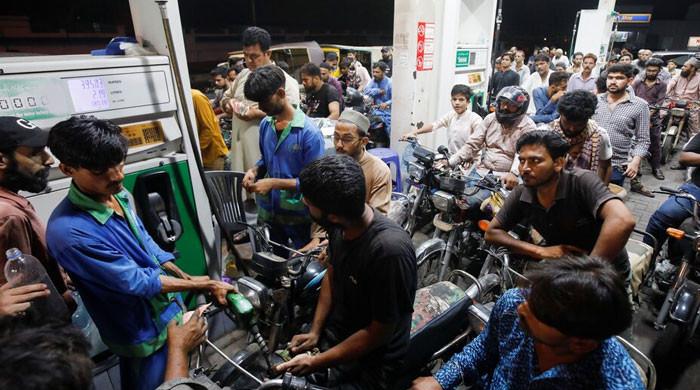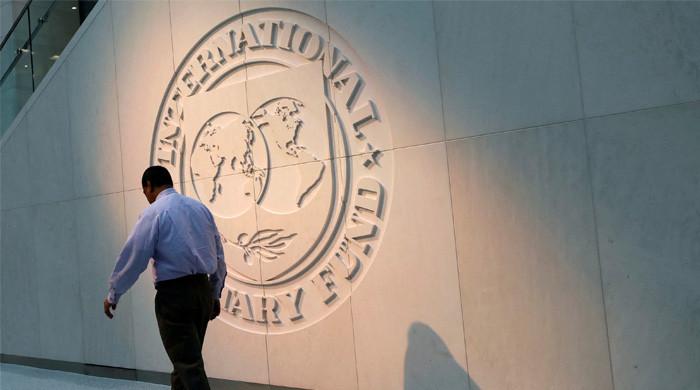3.2 million government employees: Is the bureaucracy too big?
According to the latest estimates, Pakistan has a civilian labour force of 66 million people, of which 62 million are employed or self-employed
January 07, 2022

There is a lot of speculation and very little solid information about the size, growth, functions, and skill mix of the employees serving the government in Pakistan.
This article attempts to provide an updated overview of the civilian labour force employed by federal, provincial, and state-owned enterprises and autonomous bodies. It traces the evolution of federal and provincial employment since the passage of the 18th Amendment and the 7th NFC Award. We also present the distribution of these employees according to the constitutionally enshrined functions of the executive branch and their classification according to skill intensity. The size of the armed forces in current employment paid out of the defence budget is not included. However, civilians working in the armed forces are included in the numbers presented here. Military pensioners paid out of the civilian budget are included in the pension data.
According to the latest estimates, Pakistan has a civilian labour force of 66 million people, of which 62 million are employed or self-employed. The formal sector employs 10 million, the informal sector 30 million, and the agriculture sector 23 million. The government employs 3.2 million or 5.1% of the total employed civilian labour force. Those who argue or plead that the government should directly provide jobs must realise that 95% of the jobs are generated in the private sector and that the government's contribution to absorbing new entrants will always remain insignificant. We have to create an enabling environment in which private firms, farms, and businesses maximise employment while the government provides trained, educated, healthy, and skilled human resources to meet their needs. The population served by each public servant is 63, 345, while it was 75,100 in 1972. Government employees make up 1.57% of the total population of the country.
Total government expenditure is around 22% of GDP, while the wages (salaries and allowances) of the employees account for 3.6% of GDP and 19% of the combined current expenditure incurred by the federal and provincial governments. If the development expenditure is added, the ratio falls to 14% of the total government expenditure.
The strength of government employees in 2009-10 was 2.7 million—federal 0.9 million and provinces' 1.8 million. In absolute terms, there has been an addition of 0.4 million over a decade – almost all of it in the provincial governments, which now have 2.2 million employees, or 70% of the total – up slightly from 66% a decade ago. More spectacular was the increase in the wage bill of the four provincial governments, which in 2009-10 was Rs350 billion and has escalated more than four times by 2019-20, and now accounts for 84 % of the entire wage bill of the federal and provincial civilian employees.
The federal wage bill multiplied 2.9 times during the decade, while the strength, which had actually been on a declining path until 2016, remained unchanged at one million. In 2016/17, the federal government added 116,000 new employees, the majority of whom were in lower-level positions. For the first time since then, there has been a reduction in the number of employees in 2019/20 as a result of the restructuring of the federal government.
From a citizen’s, and more critically, a taxpayer’s, perspective, the key question is what functions do these 3.2 million employees perform in the delivery of basic public goods and services for which they are paid. First, look at the federal government and its deployment according to its constitutional responsibilities. 35% of federal employees were serving in security, and law and order agencies (civilian armed forces such as the Rangers, Frontier Constabulary, police, FIA, Intelligence Bureau, and civilians working at GHQ, PAF, and PN headquarters and establishments), 20% were engaged in the provision of infrastructure services such as railways, postal services, highways, ports, and aviation. Power generation, transmission and distribution, oil and gas had 18% and the remaining 27% were engaged in social sectors, commercial and trade promotion, tax collection, regulatory, judicial and quasi-judicial (tribunals), training and research, external relations, media relations, parliamentary support, and the Islamabad Capital Territory.
At the provincial level, education (41%), police (19%), and health (15%) employ 75% of the total workforce. The remaining 25% goes to irrigation, work and housing, agriculture, industries, planning and development, food, water and sewerage, urban development, financial management, revenue collection, local governments, general administration, and so on.
Education, health, and police account for 72% of the provincial government's wage bill. Education and health employees account for nearly half of the total wage bill in the United States. The salaries of public-sector teachers are much higher than those in the private sector and have multiplied four times in the last ten years. Whether their performance and output are commensurate with the salaries paid to them is a question mark. The learning outcomes are weak – with more than 20 million children out of school – the literacy rate and health indicators are lagging behind other countries in the region, and the human development index hasn’t moved very much during the last three decades.
Our universities used to have teachers who got their degrees from the Ivy League and other top leading schools in the world. While today, the numbers have multiplied manifold, it is hard to find those who have been trained at top universities abroad. The situation at the school level is even more pathetic when some of the teachers can’t spell ordinary, common use words properly. Those who argue that the allocation for education should be raised to 4% of GDP, as if that is the panacea, should reflect dispassionately on whether the present level of expenditure is generating the expected social benefits. There were more teachers working in Punjab and Sindh when education up to matric was devolved to the district governments than there are today. A provincial department cannot effectively manage more than 36,000 primary schools spread across 36 districts in Lahore.
Having dwelt upon the size, growth, and functions, the more interesting question is about the skill mix of these government employees. We classify grades 1–5 as unskilled, grades 6–16 as semi-skilled, and grades 17–22 as skilled. In the federal government, 95% of the employees are in the first two categories and only 5% are in the third category. The unskilled – naib qasid, qasid, gardeners, messengers, etc. – form 50% of the workforce, while 45% are semi-skilled, that is: drivers, clerks, assistants, superintendents, etc.
Almost 85% of the wage bill is preempted by the unskilled and semi-skilled, while 15 % goes to the skilled. Comparative studies have shown that officers in Grades 17-22 are underpaid while those in Grades 1-16 are overpaid in relation to the private sector. As the government moves towards e-governance, there is an urgent need to reconfigure the skill composition and bring in agriculture experts, scientists, technologists, economists, financial analysts, engineers, and IT experts into the government. This should be done through the process of attrition, where the posts in Grades 1-16 when they become vacant are abolished and the corresponding savings used to recruit and increase the salaries of specialists and skilled employees.
In a knowledge economy, we have to rely on domain experts in our decision-making process. The huge cost overruns and prolonged delays in completing our development projects and poor outcomes betray the absence of know-how in the design, preparation, appraisal, and execution of our development projects.











